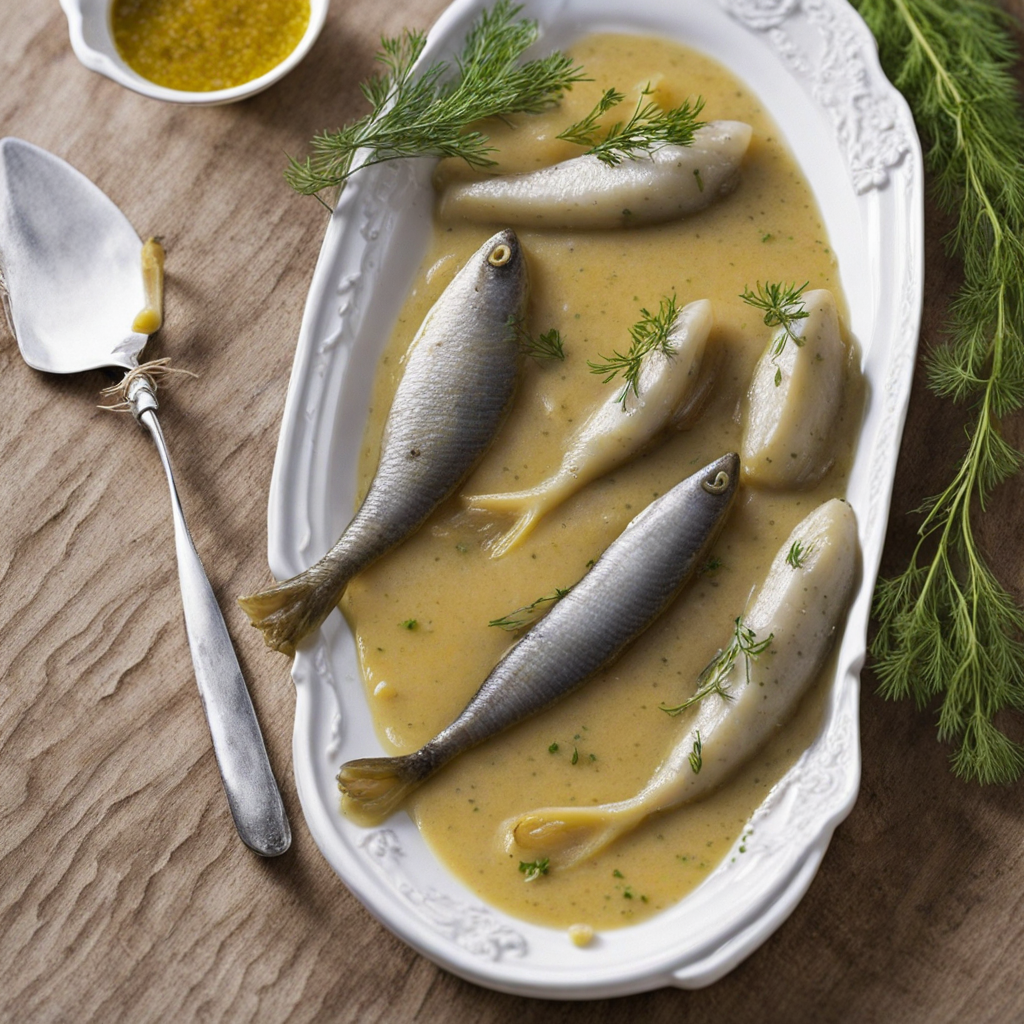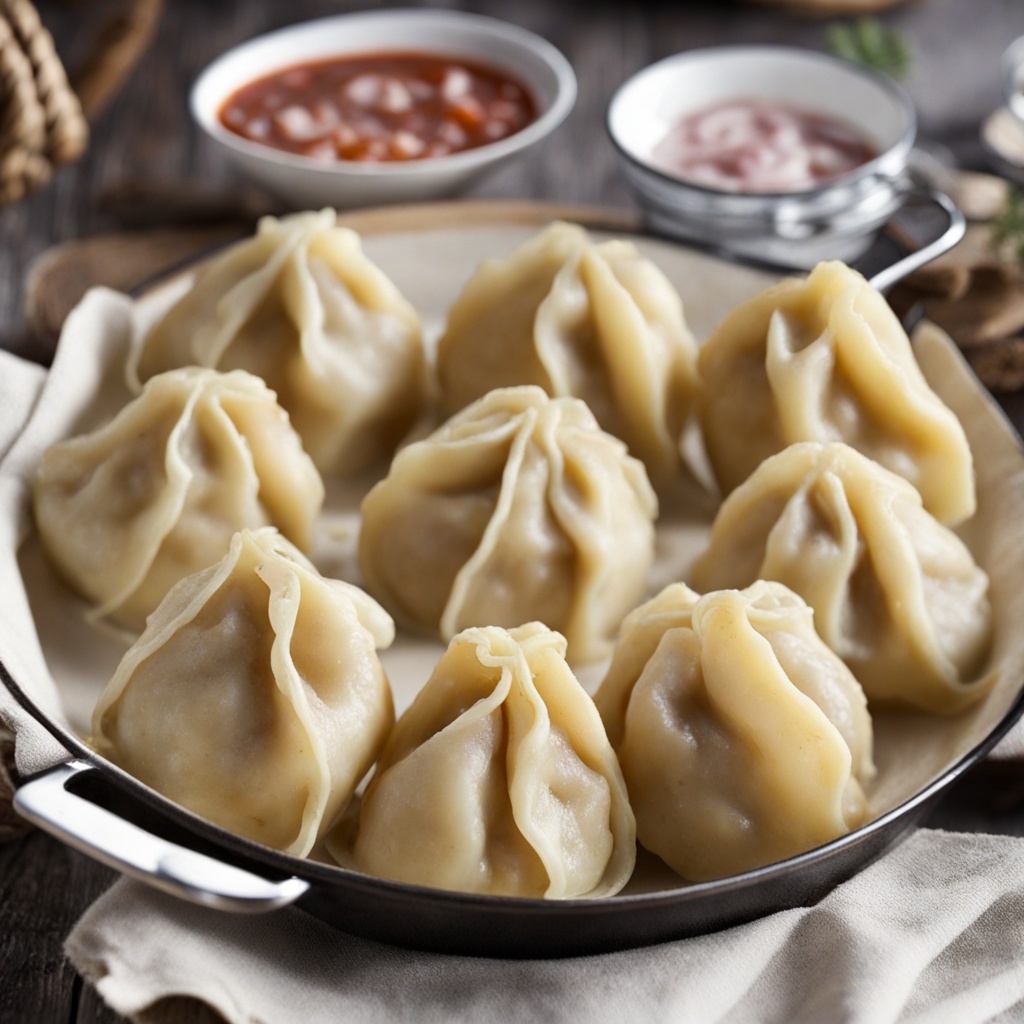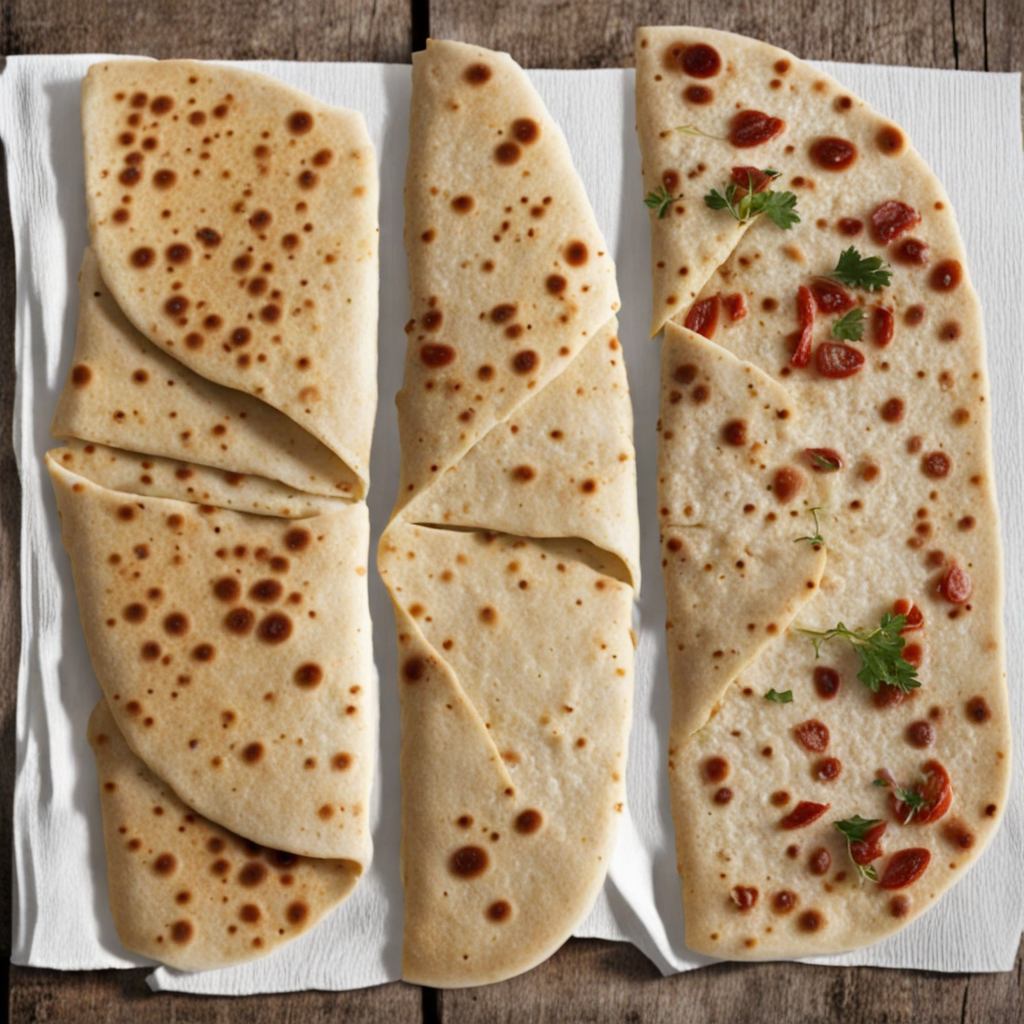Swedish Hash
Swedish Hash is a delightful dish that reflects the heart and soul of traditional Swedish comfort food. At its core, it consists of finely chopped meat, typically leftover beef or pork, combined with a medley of vegetables such as potatoes, carrots, and onions. The ingredients are sautéed together until they reach a golden-brown perfection, allowing the flavors to meld beautifully. This dish is often seasoned with herbs like thyme and dill, which add a fragrant touch that elevates the overall taste profile. The result is a hearty and satisfying meal that warms you from the inside out. What makes Swedish Hash unique is its versatility; it can be easily customized to incorporate various ingredients based on personal preference or seasonal availability. For instance, one might add sautéed mushrooms or bell peppers for an earthy depth or even incorporate some pickled herring for an authentic Scandinavian twist. The dish is typically served with a dollop of creamy sour cream or a sprinkle of fresh chives on top, enhancing its richness and providing a refreshing contrast. As you take your first bite of Swedish Hash, you’ll experience a comforting blend of textures and flavors. The crispy edges of the hash contrast beautifully with the tender meat and vegetables, creating a delightful mouthfeel. Each forkful transports you to the cozy kitchens of Sweden, where family and friends gather to enjoy hearty meals. Whether served as a breakfast staple, a dinner option, or a late-night snack, Swedish Hash invites you to rediscover the joy of simple, wholesome ingredients transformed into a culinary treasure.
How It Became This Dish
Pyttipanna: A Culinary Journey Through Swedish History In the heart of Swedish cuisine lies a dish that resonates with both history and the everyday life of the Swedish people: Pyttipanna. This hearty, comfort food, often translated as "small pieces in a pan," has a rich history that reflects the resourcefulness of the Swedish people and their connection to the land and its seasons. Origins and Early History Pyttipanna's roots can be traced back to the late 19th century in Sweden, although its exact origins are somewhat nebulous. The dish is believed to have evolved as a way to utilize leftover meats and vegetables, a common practice in many cultures. The 19th century was a time of significant change in Sweden, with urbanization and industrialization leading to shifts in dietary habits. As people moved from rural areas to cities, the need for quick, affordable, and filling meals grew. The earliest mentions of Pyttipanna appeared in Swedish cookbooks around the 1880s. It was a practical dish, appealing to the working class who needed nourishment after long hours in factories or fields. The ingredients varied widely, often depending on what leftovers were available: potatoes, meats (such as beef, pork, or sometimes even game), and onions were the primary components. The dish was typically fried in a pan, giving it a crispy texture that complemented the soft, tender potatoes. Cultural Significance Pyttipanna holds a special place in Swedish culture, not just as a meal but as a representation of Swedish values like thriftiness and sustainability. It embodies the principle of "taking nothing to waste," which has been a cornerstone of Swedish life throughout history. Waste not, want not; this adage rings true in Pyttipanna, emphasizing the importance of utilizing every part of an ingredient. In rural Sweden, Pyttipanna often served as a communal dish, bringing families together around the kitchen table. It was a practical solution that allowed for creativity in cooking, where each family could put their unique twist on the dish. This variability fostered a sense of pride among cooks, as each Pyttipanna could tell a story of the household's history, preferences, and resourcefulness. Moreover, Pyttipanna has become emblematic of Swedish cuisine in general, showcasing the country's connection to its agricultural roots. As Sweden developed its culinary identity on the global stage, Pyttipanna emerged as a symbol of traditional Swedish home cooking, celebrated for its simplicity and heartiness. Evolution Over Time As Sweden entered the 20th century, Pyttipanna began to evolve alongside the country itself. The dish gained popularity in urban areas and became a staple in Swedish households. The post-World War II era marked a significant turning point; with the advent of modern refrigeration and food preservation techniques, families had more access to a variety of ingredients, allowing for greater experimentation with Pyttipanna. During this time, Pyttipanna also began to appear in restaurants and cafes, transitioning from a humble home-cooked meal to a dish featured in the public dining scene. The classic preparation involved frying diced potatoes, onions, and meat together until golden brown and crispy. Many establishments began serving it with a fried egg on top, a nod to the dish's comfort food status. This addition not only enhanced the flavor but also added a visual appeal that further endeared Pyttipanna to patrons. In the latter half of the 20th century, as Sweden became more integrated into the global culinary landscape, Pyttipanna saw influences from other cuisines. Immigrant communities introduced new spices and cooking techniques, leading to variations that incorporated different meats, such as chicken or even vegetarian options using mushrooms and other vegetables. The dish began to reflect the multicultural fabric of modern Sweden, showcasing how food can bridge cultural gaps while celebrating tradition. Pyttipanna in Modern Times Today, Pyttipanna remains a beloved dish in Sweden, celebrated not just for its taste but for its nostalgic value. Many Swedes still prepare it at home, often using family recipes passed down through generations. It has also found a place in contemporary Swedish cuisine, with chefs experimenting with gourmet versions that highlight local, seasonal ingredients. Restaurants now offer variations that appeal to modern palates, incorporating local meats, organic vegetables, and even artisanal sauces. Some establishments serve it with traditional accompaniments, such as pickled beets, which add a delightful tanginess that complements the richness of the dish. Others present it in more innovative ways, such as deconstructed Pyttipanna, where ingredients are artistically arranged rather than mixed together. The dish has also garnered attention in popular culture, with references in Swedish literature, films, and television. It is often portrayed as a quintessential comfort food, representing the warmth of home and the joys of family gatherings. Pyttipanna has become a symbol of Swedish identity, celebrated during national holidays and family occasions alike. Conclusion Pyttipanna is more than just a dish; it is a reflection of Swedish culture and history. From its humble beginnings as a practical way to use leftovers to its status as a cherished comfort food, Pyttipanna encapsulates the values of resourcefulness and community that are central to the Swedish way of life. As it continues to evolve and adapt to modern tastes, Pyttipanna serves as a delicious reminder of the past and a bridge to the future, uniting generations through the simple act of sharing a meal. In a world that often seeks the new and novel, Pyttipanna stands as a testament to the beauty of tradition, a dish that warms not only the stomach but also the soul, embodying the spirit of Sweden itself.
You may like
Discover local flavors from Sweden







